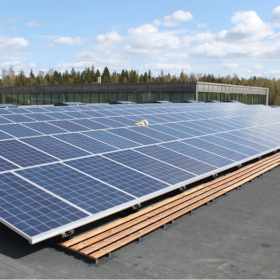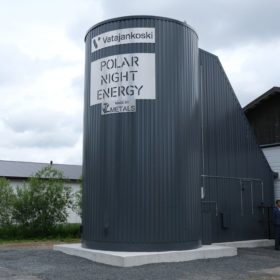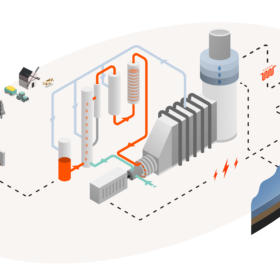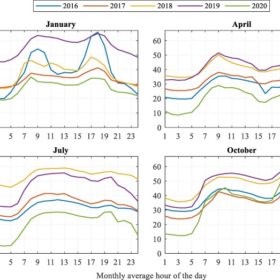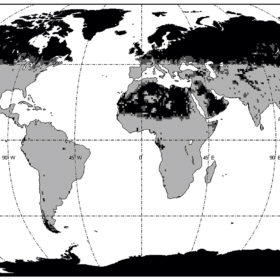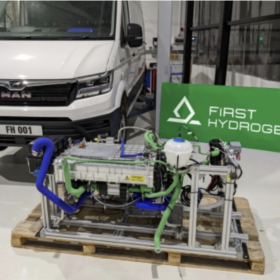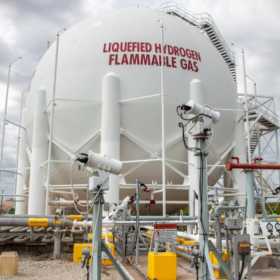Wärtsilä releases 12.4 MW grid-balancing engine
Finland’s Wärtsilä has unveiled its next-generation grid balancing technology. It has an efficiency of 52.3% and can be used for baseload production. It connects to the grid in 30 seconds and operates on natural gas, biogas, or hydrogen blends.
Finland to extend net metering to all PV systems in 2023
At present, only a few distributors offer net-metering services in Finland, meaning that only a small share of PV systems are net-metered. In 2023, all PV systems will be offered net metering through the country’s new centralized information exchange system for the retail electricity market.
Sand-based system for seasonal storage comes online in Finland
The system will provide district heating to the city of Kankaanpää in western Finland. It has 100 kW of heating power and 8 MWh of energy capacity.
Storing solar power via borehole thermal energy storage
A Chinese-Finnish research group has proposed the use of seasonal, soil-based thermal energy storage in combination with photovoltaics in residential districts. They have found that the hybrid concept could cover up to 58% of total heating demand.
Four-mode hydrogen plant to accommodate renewables
Bio-FlexGen, an EU research project, seeks to develop a combined heat and power plant (CHP) system with hourly, daily and seasonal flexibility via hydrogen production from biomass.
The Hydrogen Stream: Viritech, Pininfarina unveil world’s first ‘hydrogen hypercar’
Viritech and Pininfarina have announced plans to put a hydrogen-fueled car into limited production in 2023, while H2 Clipper said it aims to finish a prototype of its hydrogen-powered airship by 2025.
Debunking myths about PV system orientation, dimensioning
New research from LUT University shows that there is no single correct orientation for a PV installation.
Creative thinking for vertical east-west bifacial PV projects
A Finnish-Norwegian research group has assessed the global potential of vertical east-west bifacial PV (VBPV) projects and found that these installations may provide a low LCOE at Nordic latitudes, in Central Europe and subtropical desert areas. The researchers also found that residential and commercial VBPV systems are a grid-friendly solution for low-voltage networks when compared to monofacial arrays.
The Hydrogen Stream: New fuel cell electric vehicle from Canada
Elsewhere, the Fraunhofer ISE research institute has unveiled a new tool for high-resolution power-to-X kinetic analysis, and German entities have signed partnership agreements with the Abu Dhabi National Oil Company.
Large-scale storage options for compressed hydrogen
Researchers from Finland and Sweden have reviewed different ways to store compressed gaseous hydrogen, including storage vessels, geological storage, and other underground options.

